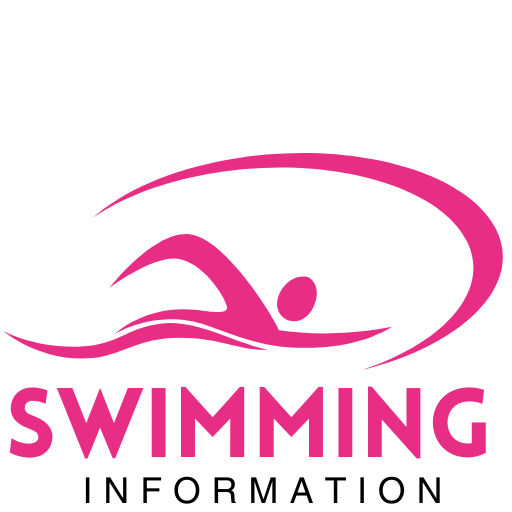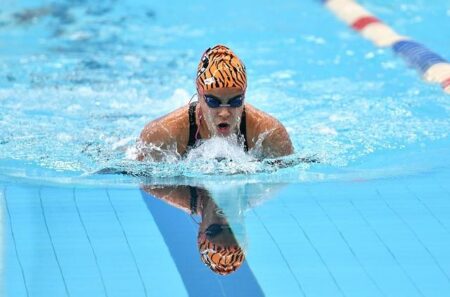As swimming continues to gain popularity as both a recreational activity and an essential life skill, many parents are eager to introduce their children to the water early on. But a common question arises: when is the right time for infants to begin swimming lessons? Recent guidance from pediatric experts and swim instructors sheds light on the ideal age to start, highlighting important safety considerations and developmental milestones. This article explores the latest recommendations and offers insights for caregivers considering swim lessons for their youngest family members.
Understanding Infant Development Milestones Relevant to Swimming
Infant development milestones play a crucial role in determining the readiness for swimming lessons. By around 6 months of age, many babies develop increased head control and the ability to hold their bodies upright with support-key indicators that they can begin safe water exposure. Before this period, infants may lack the motor skills necessary to navigate the unique environment of a pool, which requires coordination and the ability to respond to gentle guidance in water. Parents and caregivers should watch for progress in areas such as:
- Neck and head stability
- Basic motor skills like kicking and reaching
- Reaction to sensory stimuli, including water and touch
Understanding these developmental markers helps ensure that swimming lessons align with a child’s physical and cognitive growth, promoting both safety and confidence in the water. The table below highlights typical milestones and the corresponding swimming readiness phases to guide parents and instructors alike:
| Age Range | Key Milestones | Swimming Readiness |
|---|---|---|
| 0-3 months | Reflexive movements, limited head control | Water familiarization with parent support only |
| 4-6 months | Improved head and neck stability | Introduction to basic water activities and breath control |
| 7-12 months | Sitting unsupported, beginning to crawl | Structured swim lessons focusing on comfort and safety |
Health and Safety Guidelines for Introducing Babies to Water
Before introducing your baby to water activities, it’s crucial to prioritize safety by ensuring a clean and controlled environment. Always choose pools that maintain regulated chlorine levels and have clear water to minimize the risk of infections. Additionally, constant supervision by a qualified adult is mandatory; never leave an infant unattended near or in the water. To reduce cold-related risks, keep sessions short – ideally under 30 minutes – and provide warm towels immediately after to prevent hypothermia.
Key safety measures include:
- Ensuring water temperature stays between 32°C and 34°C (89.6°F to 93.2°F)
- Using swim diapers specifically designed for water use
- Maintaining respiratory hygiene by avoiding swimming when the infant is sick
- Limiting exposure to direct sunlight to prevent overheating and sunburn
| Safety Aspect | Recommended Practice |
|---|---|
| Water Temperature | 32°C – 34°C (89.6°F – 93.2°F) |
| Supervision | Continuous & Close Adult Monitoring |
| Swim Diapers | Use Only Swimming-Safe Diapers |
| Session Duration | Less than 30 Minutes |
Expert Recommendations on Ideal Age and Preparation for Swimming Lessons
Experts generally agree that infants can begin swimming lessons as early as 6 months old, provided they are healthy and the sessions are conducted in a warm, safe environment tailored for babies. At this tender age, the focus is less on formal swimming techniques and more on water acclimation, developing comfort and safety awareness, and fostering a positive relationship with water. Pediatricians and swim instructors recommend parents ensure lessons are offered by certified professionals experienced in infant aquatic education.
Preparation plays a crucial role in maximizing the benefits of early swimming lessons. Before enrolling, parents should:
- Check water temperature (ideally 32°C/89.6°F or warmer for babies)
- Bring appropriate swim diapers and a change of clothes
- Confirm instructor certifications and class ratios for safety
- Arrive with a calm, well-fed infant to ease adjustments
- Limit lesson duration to 20-30 minutes to prevent fatigue
| Age | Recommended Focus | Ideal Session Length |
|---|---|---|
| 6-12 months | Water familiarization & caregiver bonding | 20 minutes |
| 12-24 months | Basic skills & comfort building | 25 minutes |
| 2-3 years | Intro to swimming strokes & safety skills | 30 minutes |
Final Thoughts
In summary, experts agree that while infants can begin introductory water experiences as early as six months old, formal swimming lessons are generally recommended starting around one year of age. Parents are advised to consult with pediatricians and certified instructors to ensure safety and appropriateness for their child’s development. As interest in early aquatic activities grows, ongoing research and guidelines will continue to shape best practices, helping families make informed decisions about when and how to introduce their little ones to swimming.





